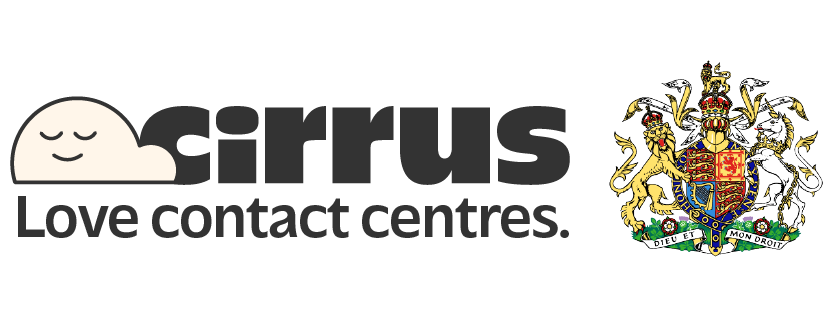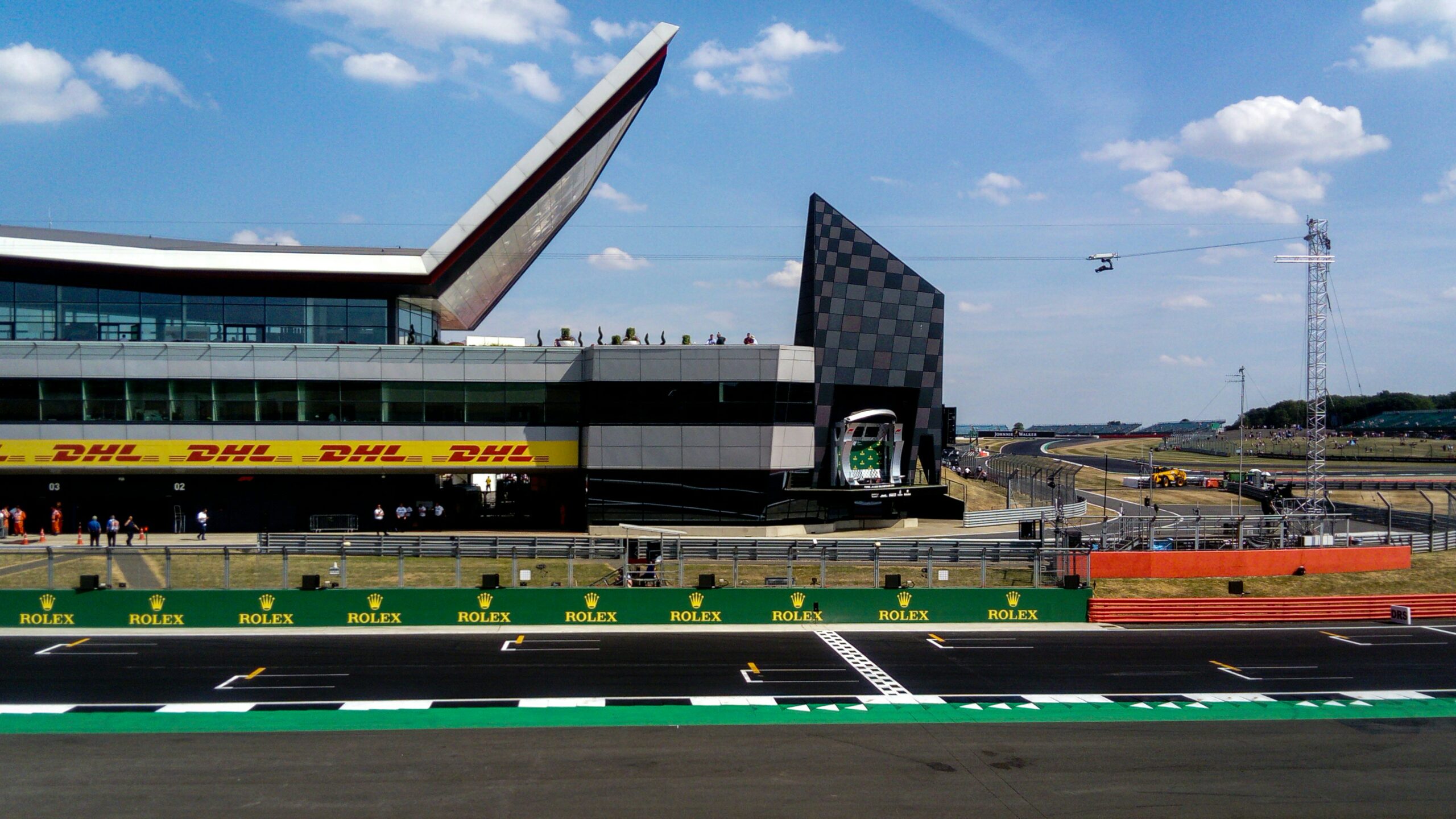This weekend, the roar of engines returns to Silverstone for the 2025 British Grand Prix. As Lewis Hamilton makes his first home appearance in Ferrari red, and Lando Norris aims for a back-to-back victory after his Austrian triumph, the spotlight is firmly on the team’s coordination that defines Formula 1 success.
But beyond the track, there’s a parallel in the world of contact centres. Just like an F1 team, a high-performing contact centre excels in precision, real-time data, and cohesive teamwork. Let’s explore how the dynamics of a Formula 1 team mirror the components of a winning contact centre.
Formula 1 is all about performance. But it’s never just down to the driver. Every race is a team effort—engineers, pit crew, strategy leads, analysts, tech partners all working under pressure, with no margin for error. It’s a high-stakes environment where milliseconds matter and everything has to click fast.
Modern contact centres operate the same way. You’ve got agents on the front line, AI behind the scenes, systems making split-second decisions, and leaders keeping the whole thing moving. It’s not just about speed. It’s about coordination, insight, and having every part of the operation firing at once.
Here’s how today’s contact centres mirror the structure of a Formula 1 team and what it takes to win when every interaction counts.
The pit crew = your support team
In F1, pit crews change tyres, fuel cars, and fix faults in seconds. No flapping, no delay—just total focus and flawless execution. The best teams shave time off every pit stop through precision.
Your contact centre support teams—supervisors, knowledge leads, workforce planners, automation designers—are no different. They don’t spend the majority of their time speaking to customers, but they shape every outcome. When volume spikes or systems falter, it’s the hidden crew that keeps things on track.
Getting this right means more than just staffing up. It’s about having joined-up tools, clear escalation paths, and the flexibility to act fast when conditions change. That’s where workforce optimisation becomes a strategic advantage, not just a scheduling tool. And when AI supports the crew, not just the agents, the benefits ripple across the operation.
The race engineer = real-time data and AI
Every F1 driver has a race engineer in their ear, tracking live data, flagging risks, and adapting the game plan on the fly. When it works, it feels natural. When it doesn’t, strategy falls apart.
Within your contact centre setup, real-time visibility matters just as much. Agents need prompts, context, and guidance while they’re talking, not a wall of data after the fact. That’s the role of tools like Cirrus Copilot, feeding frontline teams the insight they need in the moment. From next-best actions to sentiment tracking, this is where AI stops being theoretical and starts making a real difference to performance.
But it only works if teams trust the input. If AI throws up generic suggestions, agents will ignore them. If supervisors can’t see what’s happening in real time, they’ll miss critical patterns. The best F1 engineers don’t just call out the numbers—they tell the driver what to do with them. Same goes for contact centre data.
The driver = the agent
F1 drivers are trained for precision and pressure. They make judgement calls at 200mph while keeping everything under control. But even the best driver needs a machine they can rely on.
Inside your contact centre, the agent is still the person steering the experience. AI might handle the routine, but agents handle the unexpected. When a customer is emotional, confused or facing a complex issue, it’s the human on the other end who makes the difference.
What slows them down? Flicking between screens. Repeating steps. Systems that don’t connect. It’s why integrations matter—especially between voice, CRM and UC tools. A connected platform that pulls context from the right places (like CRM integrations and Microsoft Teams) doesn’t just save time, it gives agents the certainty they need to respond.
Agents perform better when they’re supported, not second-guessed. Let them drive with the right co-pilot beside them.
The team principal = your contact centre leader
You won’t see a team principal on the grid, but they set the tone for everything. From team culture to strategic decisions, they pull the strings behind the scenes—and take the heat when it all goes wrong.
Every contact centre needs this kind of leadership. Someone setting the direction, shaping priorities, and balancing operational targets with long-term wellbeing. When leaders have the right insight, they make better calls. When they don’t, reactive decisions take over.
The challenge? Many leaders still operate with lagging data, isolated dashboards, and limited cross-team visibility. But when voice, messaging, chat and reporting live in one ecosystem, leaders gain real-time oversight without micromanaging. They can lead like a principal, not a project manager.
Telemetry = your integrations
An F1 car sends data from dozens of sensors to a live control centre. Fuel levels, brake pressure, tyre wear—it’s all monitored in real time, analysed instantly, and used to inform split-second decisions.
In the contact centre, that’s your integrations. When data flows between systems—voice, CRM, scheduling, payments, accessibility tools—you spot issues faster, understand journeys better, and act more effectively.
Too many contact centres still rely on swivel-chair processes and fragmented tech stacks. That’s time lost and context wasted. A platform with native integrations and open APIs makes every interaction more informed and every process quicker to complete. It also supports critical areas like secure payments and accessibility without bolting on layers of complexity.
The tighter your integrations, the quicker your response. Just like in racing.
Tyre choice = your channel strategy
In F1, choosing the wrong tyres can ruin a race. Go too soft and they degrade. Go too hard and you lose grip. Teams make these calls based on weather, track conditions, and timing.
Inside a contact centre operation, the equivalent decision is channel choice. Too many brands default to what’s easiest for them, not what’s right for the customer or the moment. The result? Delays, escalations, and people losing trust.
True omni-channel service isn’t just about offering more options. It’s about recognising intent, matching it to the best channel, and making handoffs feel natural. Voice, chat, messaging and AI need to work together—not compete for attention.
And when a chatbot isn’t cutting it, escalation should be fast and natural. With Conversational AI, you can automate effectively, without trapping people in endless menus.
Get the balance right, and journeys speed up. Get it wrong, and the wheels come off.
Final lap: Think like a team, not a toolset
F1 teams don’t win because of one star driver or one clever piece of tech. They win because everyone and everything is aligned. From the pit crew to the principal, the engineer to the telemetry, they all play their part in connected, real-time performance.
Same goes for contact centres.
The platforms that work won’t be the ones with the flashiest chatbot or the most dashboards. They’ll be the ones where humans and AI work together—where tech supports people, not replaces them, and where every part of the system contributes to clearer, faster outcomes.
When your team is built like an F1 crew, you don’t just move fast—you move as one.
Contact Cirrus today and take the lead in your race to customer experience success.






